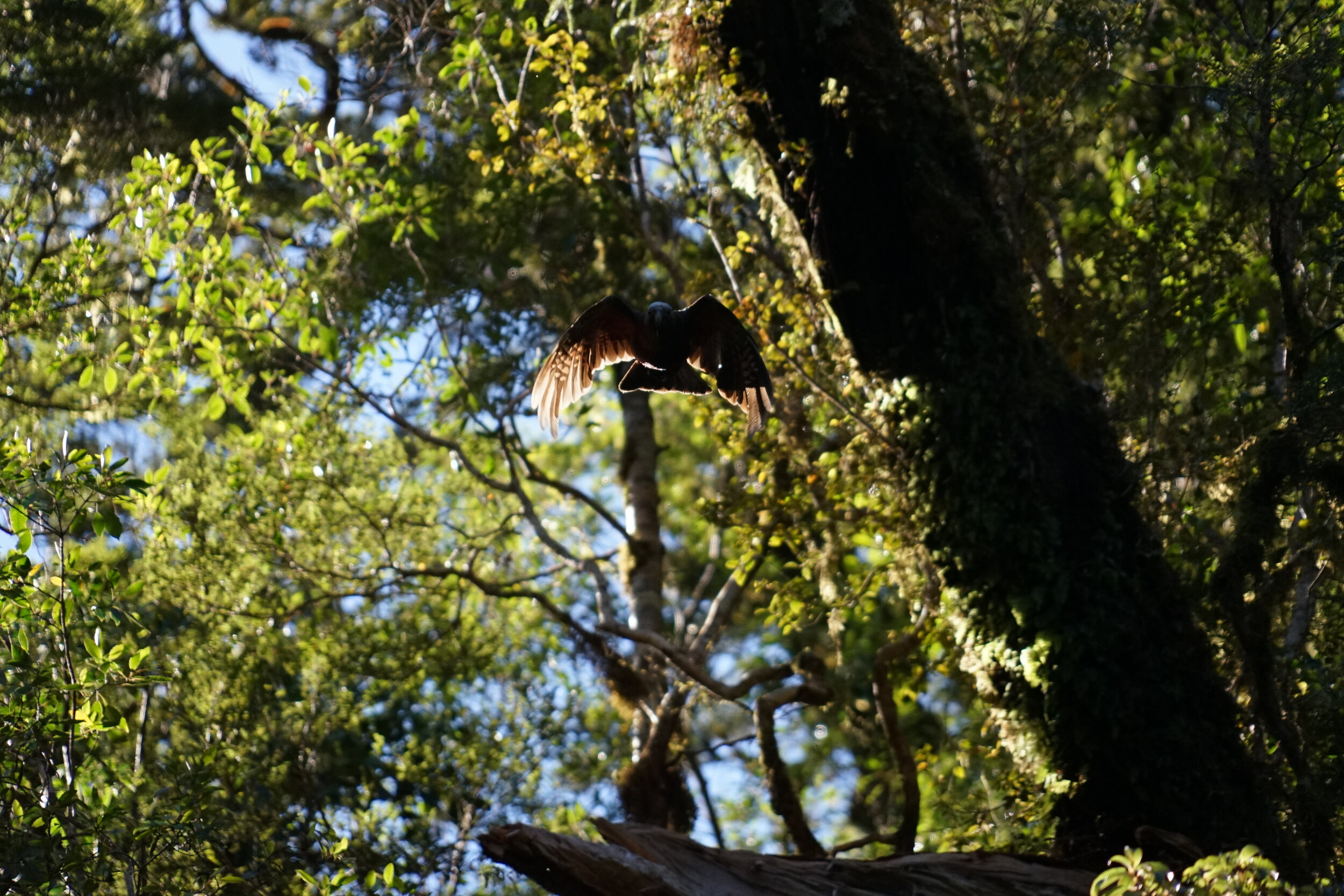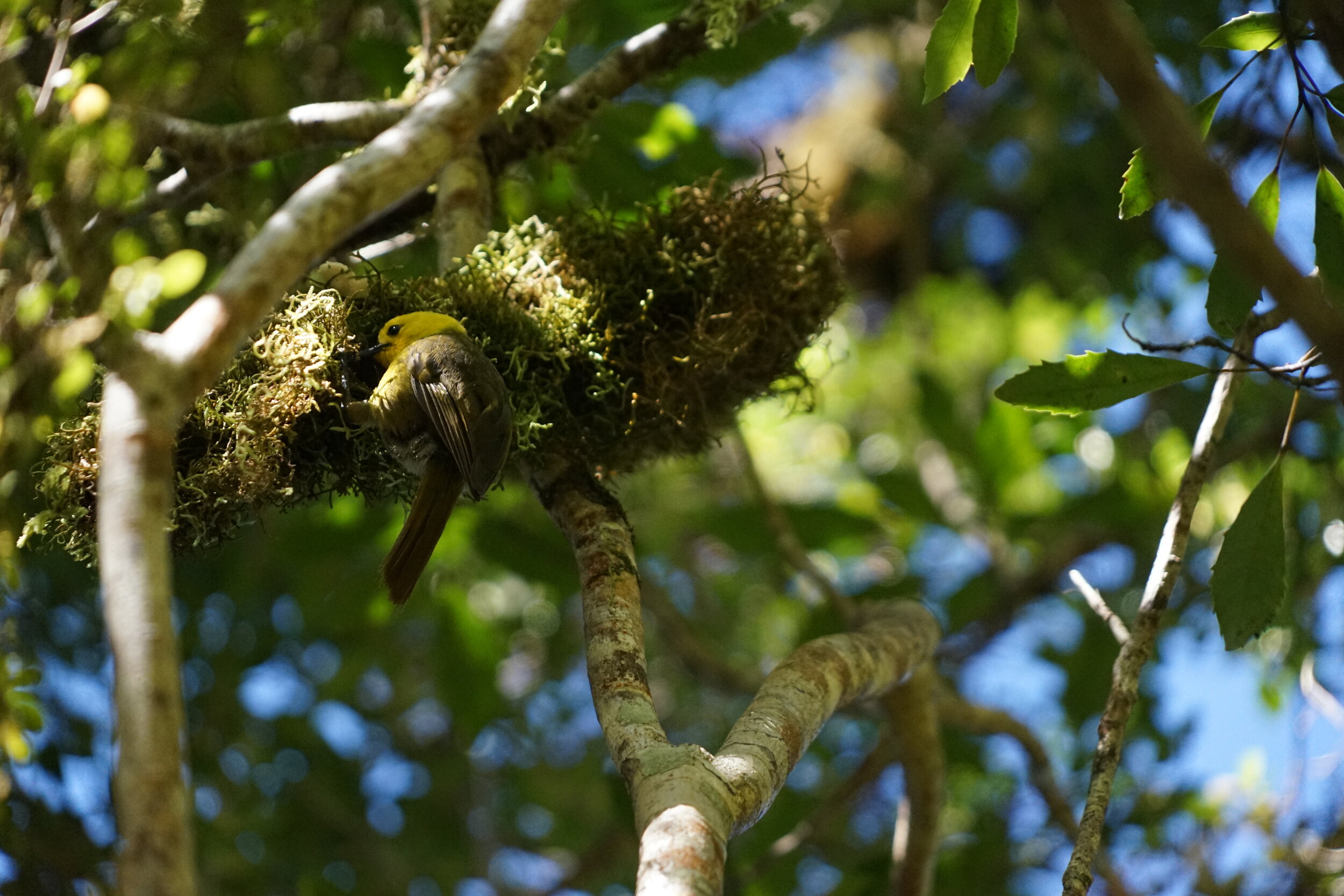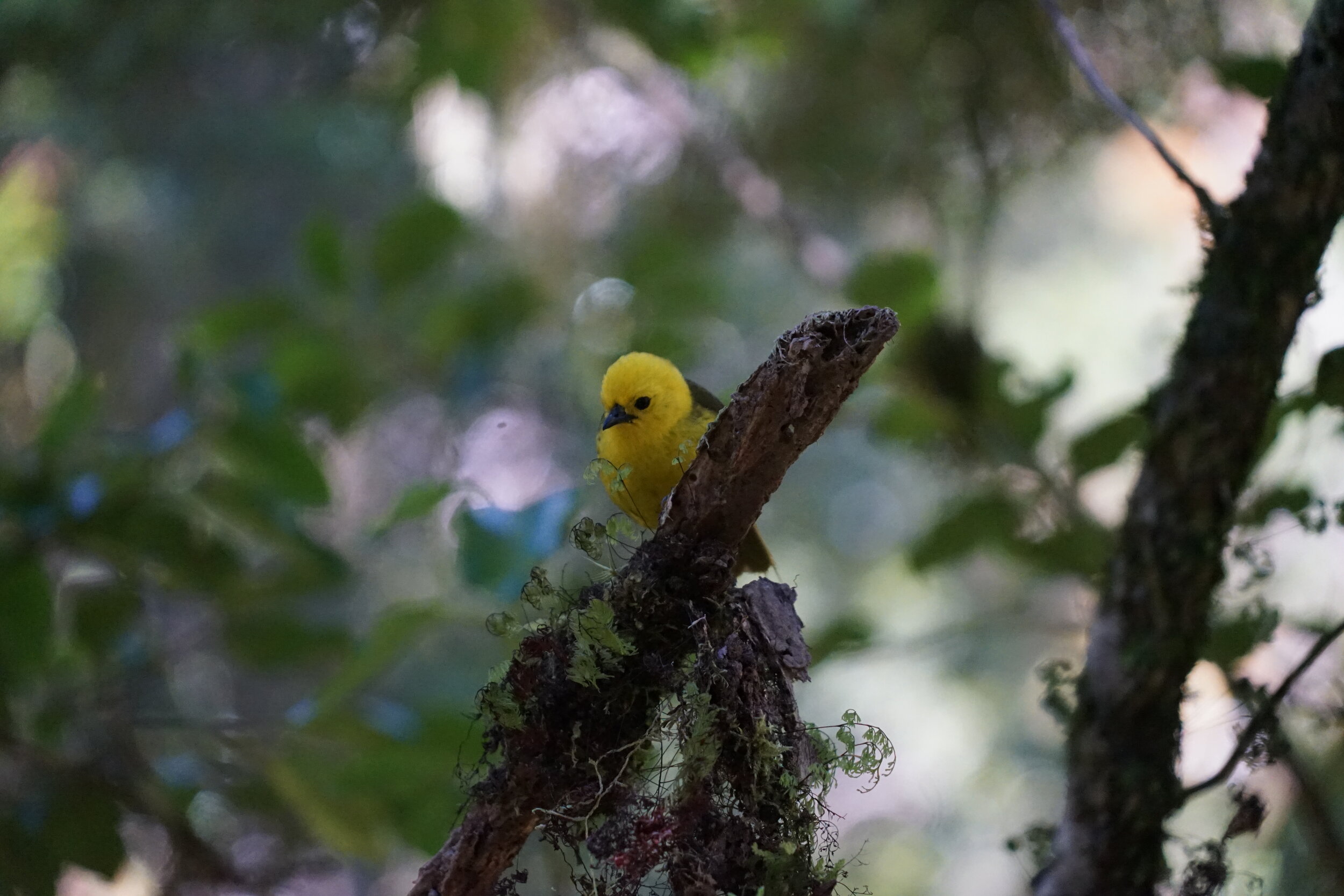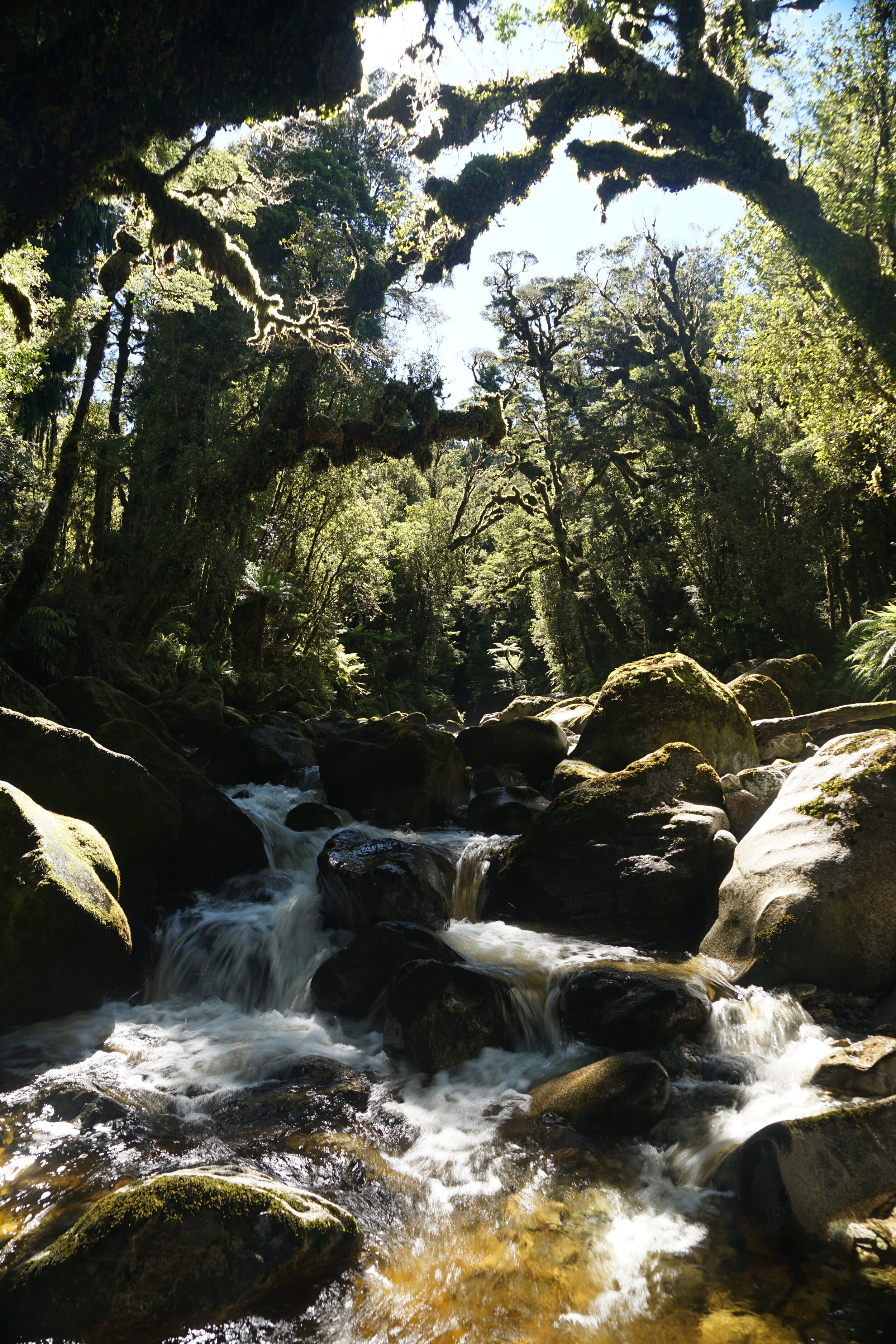Volunteering for conservation in southwest Fiordland’s Dusky Sound.
Volunteering can take you to the most amazing places and give you opportunities and experiences you can’t get from work, or as tourists or even from a personal adventure. This summer I was lucky enough to volunteer with DOC Te Anau’s biodiversity team on one of New Zealand’s most extensive and significant conservation projects. The pest and predator control of Resolution Island and greater Dusky Sound.
Tamatea / Dusky Sound has a massive archipelago of ruggedly beautiful islands that is brought to life by west coast rainforest that covers every possible habitable space. These islands are home to amazing bird life including recovering populations of kākāpō, kiwi, mohua & Teke/saddlebacks. The dominant feature in Dusky sound is Resolution Island, not only is it huge in landmass its rugged mountains reach up to nearly 1000m (quite a sight to a volunteer who has to walk up and down each day). ‘Reso’ (as it is known) conservation is all about the stoats. I was surprised to learn that quite incredibly the stoats regularly swim the 550 plus meters across Acheron Passage from the mainland to Reso. Making it an incredibly tough conservation project, so high intensity and continuous trapping is needed to keep stoat levels under control. Thus allowing as many na've species to thrive as possible. Deer and mice are also present on the island but are not direct threats to birds so aren’t targeted. The Island is completely rat free.
Trapping teams spend a week on Reso walking and trapping the entire island 4 times a year. I was one of the teams for the summer monitoring trip in January staying on DOCs vessel the Southern Winds. Each morning we set off with a map, boxes of eggs, meat and all the other trapping and safety kit for a day in the hills checking about 60 traps. The island is doaed with huts as some traplines require overnight trips walking from one side of the island to the other. I got to do a solo overnighter and spend the night at Mt Wales bivi, up at just over 600m elevation aber walking in from Duck Cove. We picked the best weather for the overnighter so I started with the sun on my face as I lifted a heavier pack than usual and made my way slowly up the valley stopping every 100m to check the DOC 200 traps, and GoodNature A24’s. However I was also geeng interrupted by Kaka and flocks of mohua and brown creepers who love the sound of their own voice! I had to constantly get my camera out.
I can see why these birds love the forest so much; enormous rata towers over the tannin stained rivers and I found it difficult to pick the best spot for a swim and some lunch. Aber a long day without catching any stoats I made it up to the hut just before sunset and enjoyed an evening in solitude appreciating the beauty of wild Fiordland. The next morning was up to Mt Wales summit in blustery condi'ons and then a long muddy descent to the Northern side of the island to wait with the sand flies for a pick up. Luckily on this trip I didn’t catch any stoats as all captures have to be bagged and carried out and then sent to a lab so that they can be genetically tested to see if it is a new arrival to the island or offspring of a previous aquanaut. This is a really good tool that helps the team gauge their trapping success but also makes for some very smelly backpacks when we catch something… We caught about 20 stoats on this trip which was about average for a quarterly check but still disappointing to see so many had made it to the island.
This week was an incredible experience to see the outcome of over a decade of intensive conservation work on Resolution Island. Walking among mohua was an inspiring feeling as I knew I was now part of the future success of the Islands endemic fauna. To learn more about the project and Dusky Sound I would recommend the new book Tamatea Dusky by Peta Carey.






